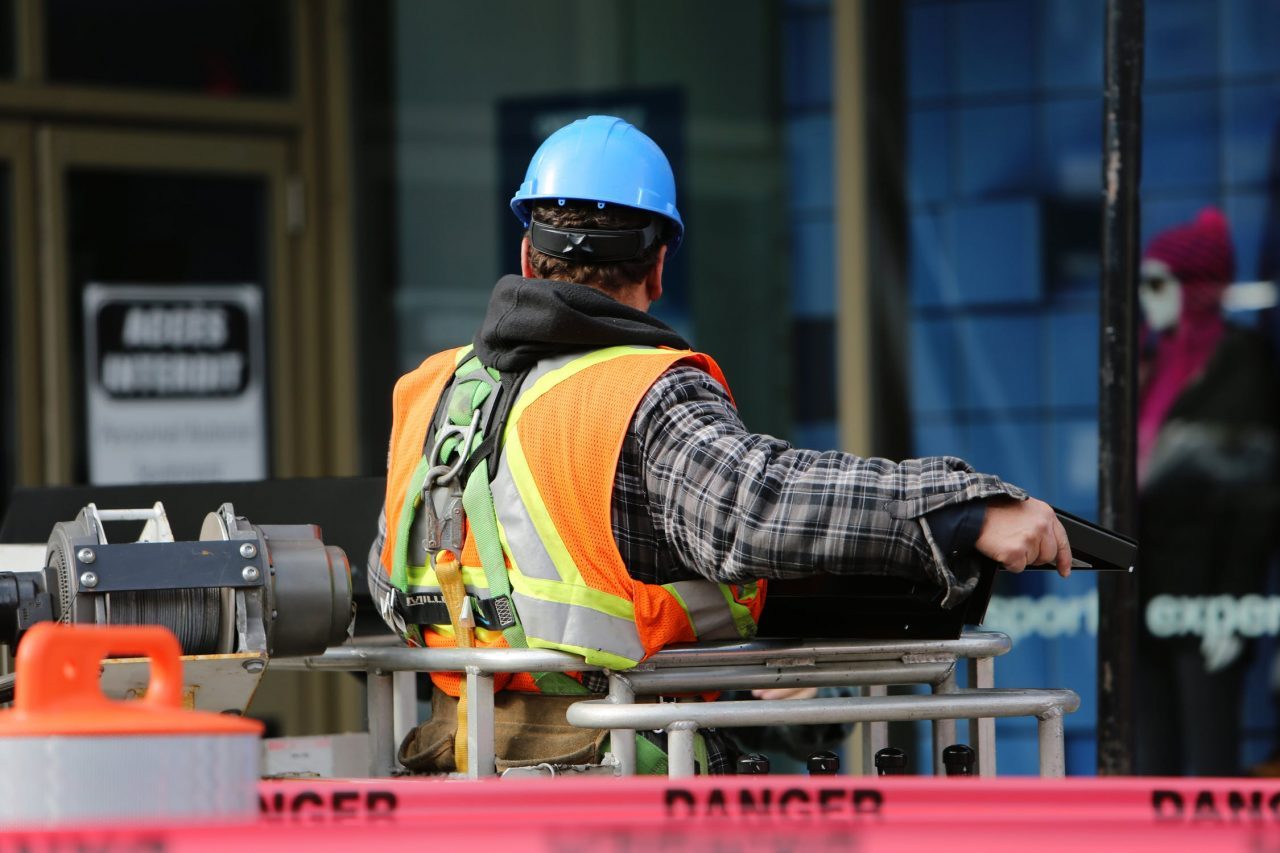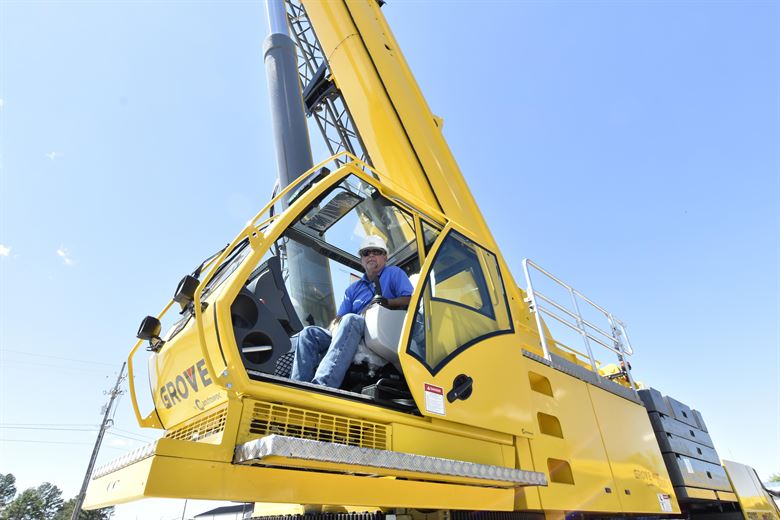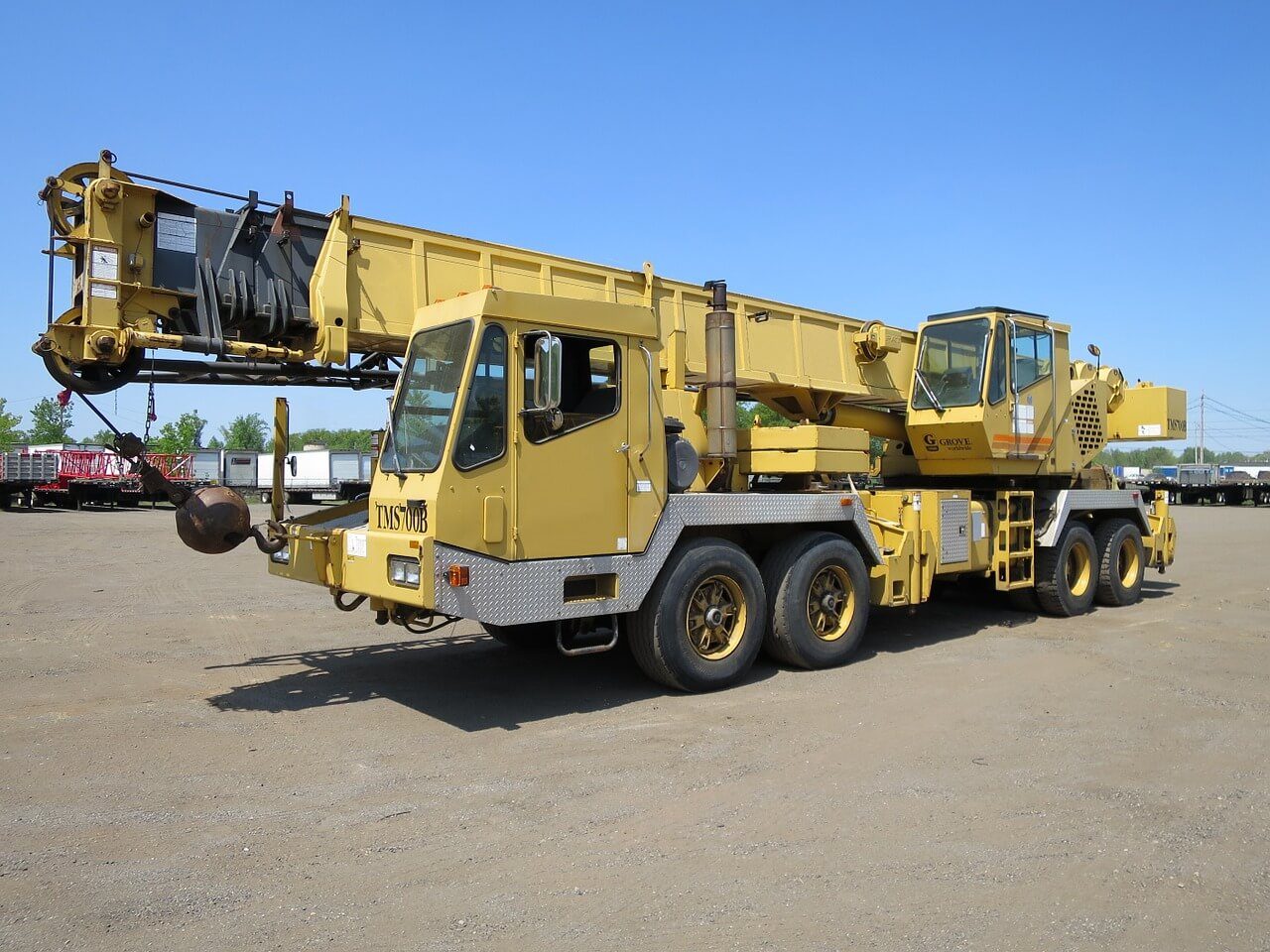Sheedy Crane’s operators are NCCO certified. We pride ourselves on being a company that is not only historically been active in the development of the Bay Area but also one that continues to meet all of the necessary California crane regulations for safe and legal operation of cranes for any job!
California has developed the bulk of its laws around the qualification and certification of the crane operator. These laws are put in place to ensure that any crane operator you consider has the necessary skills to operate the crane to the best of their ability.
Here is a brief overview of the laws and regulations around crane operators.
Operator Training
Prior to allowing operation of equipment, the employer should train the operator-in-training through a combination of theoretical and practical training. This allows the trainee to operate the equipment safely according to limitations set in place by the law, as well as additional limitations established by the employer.
Necessary Information for Safe Operation
The operator-in-training needs to know the information necessary for the safe operation of the specific type of equipment to be operated. Including the following:
- The controls and operational characteristics
- Emergency control skills
- The use of, and ability to calculate, load/capacity information on a variety of equipment
- Procedures for preventing and responding to power line contact
- Technical knowledge of the subject matter criteria listed in 29 CFR 1926, Subpart CC, Appendix C applicable to the equipment to be operated
- Technical knowledge applicable to the suitability of the supporting ground and service to handle expected loads, site access, and site hazards
Operator Certification Criteria
The employer must only permit operators who have a valid certificate of competency issued by an Accredited Certifying Entity for the type of crane to be used. Certificates will be issued to operators who:
- Pass a physical examination conducted by a physician. This should at a minimum include the criteria specified in the American Society of Mechanical Engineers (ASME) B30.5-2000 standard, Chapter 5-3.1.2(a)(1-5, 7, 8). Or the U.S. Department of Transportation (US DOT) requirements contained in 49 CFR Sections 391.41 through 391.49.
- Pass a substance abuse test consistent with the standard practice for the industry where the crane is in use. The test needs to be conducted by a recognized laboratory service.
- Pass a written examination which is in accordance with the best industry practices.
- The individual knows the necessary information for safe operation of the specific type of equipment to be operated, including all necessary information for safe operation (see above).
- Pass a “hands-on” examination to demonstrate proficiency in operating the specific type of crane. Including the ability to recognize items listed in Section 1613.4; operational and maneuvering skills, application of load chard information, and application of safe shut-down and securing procedures.
The Crane Unit
The Crane Unit is responsible under Labor Code sections 7370-7384 for certifying agencies and issuing permits for tower crane use.
Certifying Agencies
Licensing certifying agencies are used to inspect and certify cranes and derricks exceeding three tons rated capacity. Check the online crane certifier accreditation database to determine whether a particular company is licensed, or to find a crane certifier in a particular area.
Tower Crane Permits
The Crane Unit issues permits to erect tower cranes and permits to operate them to ensure the following:
- The erection, climbing, operation, and dismantling of tower cranes safely
- Crane operators and employers are aware of all applicable Title 8 safety orders. Also the crane manufacturer’s recommended practices prior to the erection and operation of a tower crane.
- Crane employers understand that they must notify the Crane Unit when a fixed tower crane will be climbed, begin operation, or be dismantled. Also when a mobile tower crane will be operated at different locations.
Inspections
The Crane Unit also conducts periodic inspections of tower cranes. Provides support to Cal/OSHA Enforcement district offices regarding crane safety, and conducting research into the cause of crane accidents in California.
Required Notifications to the Crane Unit
Crane and derrick certifiers must report deficiencies affecting the safe operation of a crane during the course of any certification inspection within 5 working days after the test date.
California Crane Regulation: Experienced Crane Rental
If you’re looking for a crane rental company with experience in the safe operation and utilization of cranes, then look no further. Here at Sheedy Cranes we pride ourselves on the success of all our clients who have utilized our Bay Area crane rental services. For more information about renting cranes, or our other services, get in touch today.





